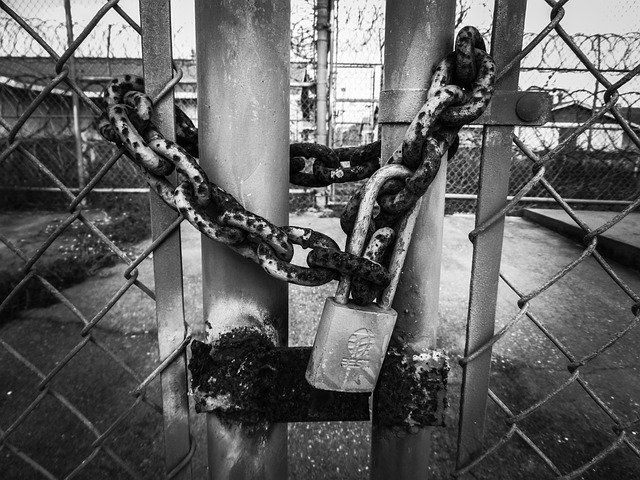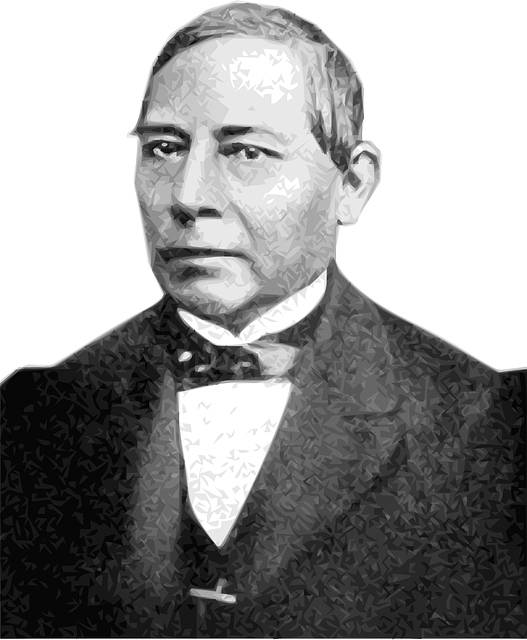Drug-impaired driving laws, under a zero tolerance policy, suspend driver's licenses as a safety measure. After an initial suspension, drivers must complete a restoration process, which may include rehabilitation, passing drug tests, and adhering to court orders. Specialized legal help and support groups guide them through this process, allowing drivers to regain their privileges after demonstrating accountability and safer choices.
Drug-Impaired Driving (DID) is a serious issue with severe consequences. Many jurisdictions adopt a zero-tolerance policy, imposing strict penalties for those caught driving under the influence of drugs. This article delves into the legal framework surrounding DID, focusing on the zero-tolerance approach and its impact. We explore the implications of suspended licenses and the restoration process, offering insights for those facing these challenges. Understanding these laws is crucial for navigating potential penalties and seeking necessary help.
- Understanding Drug-Impaired Driving Laws: The Zero Tolerance Approach
- Suspendable Licenses and Restoration: Navigating the Process and Seeking Help
Understanding Drug-Impaired Driving Laws: The Zero Tolerance Approach

Drug-impaired driving laws, especially under a zero tolerance approach, aim to combat the dangerous practice of operating vehicles while under the influence of illicit substances or prescribed medications that impair judgment and reflexes. These stringent regulations are designed to protect public safety by holding drivers accountable for their actions when they are not fit to be behind the wheel. The primary consequence often involves suspendable licenses, which serves as a powerful deterrent.
The zero tolerance policy typically sets specific limits for drug concentration in a driver’s system, with any violation resulting in legal repercussions. This means that even trace amounts of prohibited substances can trigger license suspension periods, depending on jurisdiction. After the initial suspension, drivers must navigate a restoration process to regain their driving privileges. This usually entails satisfying certain criteria, such as completing rehabilitation programs or passing additional tests, demonstrating their readiness to drive safely.
Suspendable Licenses and Restoration: Navigating the Process and Seeking Help

Suspended licenses due to drug-impaired driving are a significant consequence, but there’s a path to restoration. The process varies by jurisdiction, but generally, individuals must complete a set of requirements before their license is reinstated. This often includes attending rehabilitation or education programs focused on substance abuse and impaired driving, successfully passing drug tests, and adhering to specific court orders.
Seeking help from legal professionals and support groups specialized in these cases can be invaluable. They guide navigators through the complex process, ensuring compliance with all necessary steps. With dedication and the right assistance, individuals can regain their driving privileges while demonstrating a commitment to safer choices and holding themselves accountable for their actions.
Drug-impaired driving laws, with their zero-tolerance policy, are designed to keep roads safe. Understanding these laws and their consequences, especially regarding suspendable licenses and restoration procedures, is crucial for anyone facing such charges. If you or someone you know is navigating this process, seeking professional help can be a game-changer. Remember, knowing your rights and options is essential, and with the right support, it’s possible to restore your license and move forward.






